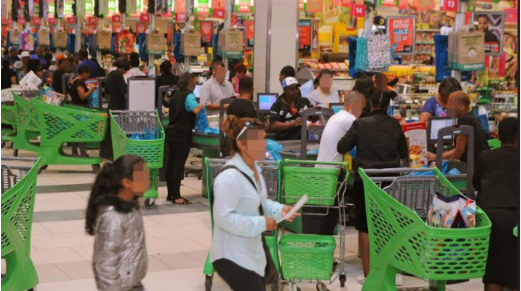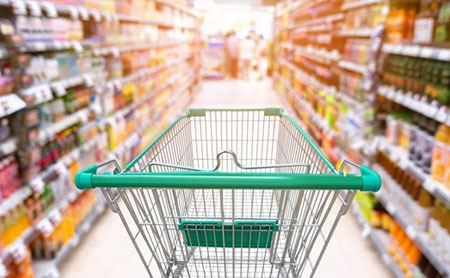South African consumer confidence remained at an almost three-decade low in the third quarter even after a partial recovery as restrictions aimed at curbing the spread of the coronavirus pandemic were gradually eased. Photo: File
JOHANNESBURG - South African consumer confidence remained at an almost three-decade low in the third quarter even after a partial recovery as restrictions aimed at curbing the spread of the coronavirus pandemic were gradually eased.
A quarterly index measuring sentiment rose to -23 from -33 in the three months through June, FirstRand’s First National Bank said in an emailed statement Monday. Despite the improvement, sentiment is at the weakest since the first quarter of 1993, when the economy snapped eight consecutive quarters of contraction amid uncertainty leading up to the country’s first all-race election.
The median estimate of three economists in a Bloomberg survey was for the index, that’s compiled by the Bureau for Economic Research, to recover to -30.
The government started a gradual, phased re-opening of the economy on May 1 and moved to so-called level 2 in mid-August, allowing most business and domestic travel to resume. However, many companies have closed down permanently or fired workers during the lockdown and the unemployment rate probably surged to 35 percent in the second quarter, according to the median of eight economists’ estimates in a Bloomberg survey.
The easing of restrictions and resumption of economic activity “have finally allowed most consumers to go back to work and earn a living,” said Mamello Matikinca-Ngwenya, FNB’s chief economist. “Low-income consumers who were largely unable to work from home would have been particularly relieved by this development.”
Longer Recovery
The partial recovery was driven by improvements in the sub-indexes measuring the financial outlook of households and the appropriateness of buying durable goods. However, the subindex gauging the economic outlook deteriorated to an almost four-year low.
The difference between the outlook of consumers for their own finances and the national economy may be due to an increase in social welfare expenditure by the government and temporary relief measures for workers who lost their income due to the virus and lockdown, Matikinca-Ngwenya said. It could also reflect expectations of higher pay by those who were unable to work or had to work reduced hours, she said.
“Unfortunately, there is significant risk that household finances in general could rebound by less, or take longer to recover, than consumers currently anticipate,” Matikinca-Ngwenya said. “Not only are the Covid-19 social grant top-ups and the new social relief of distress grant set to expire in October, but job losses are projected to rise further over the next six months.”
Article Source: https://bit.ly/3ibuNqp





